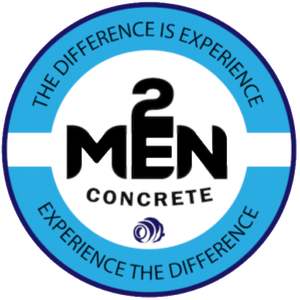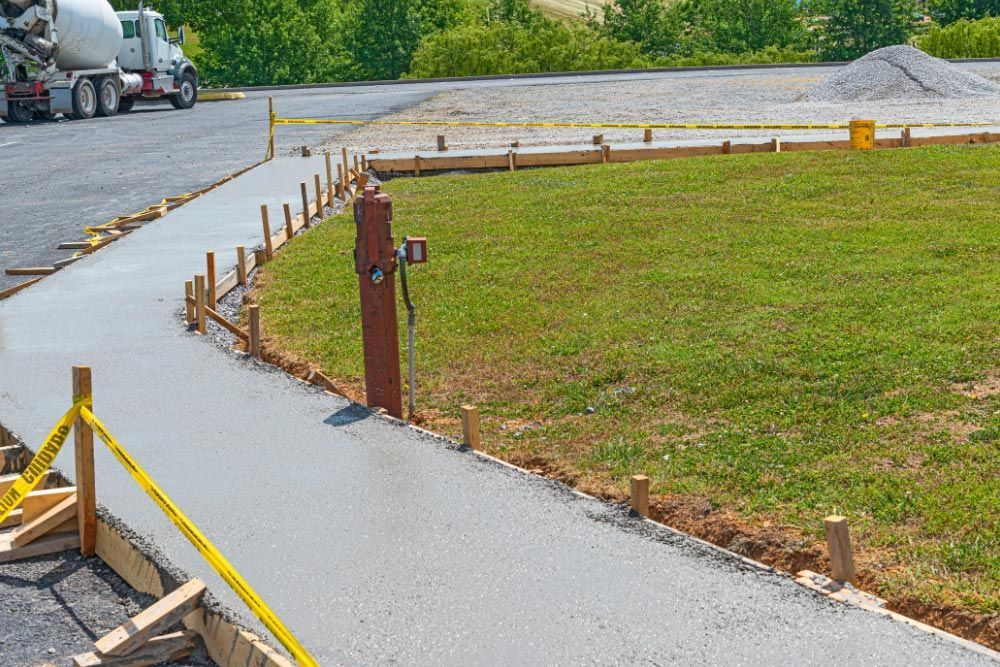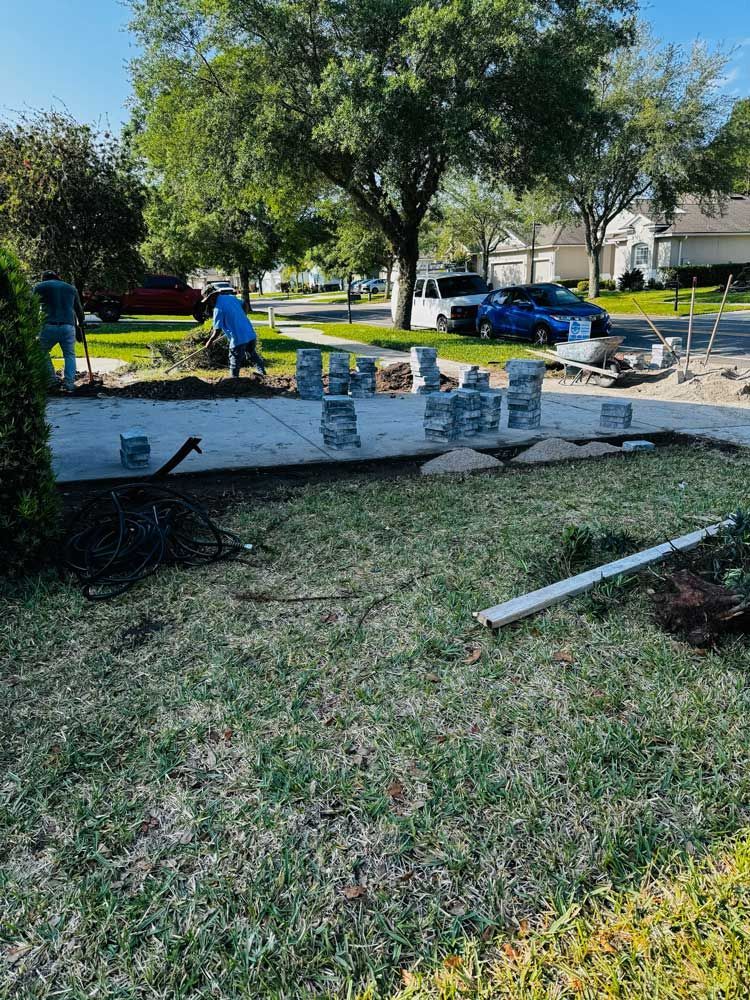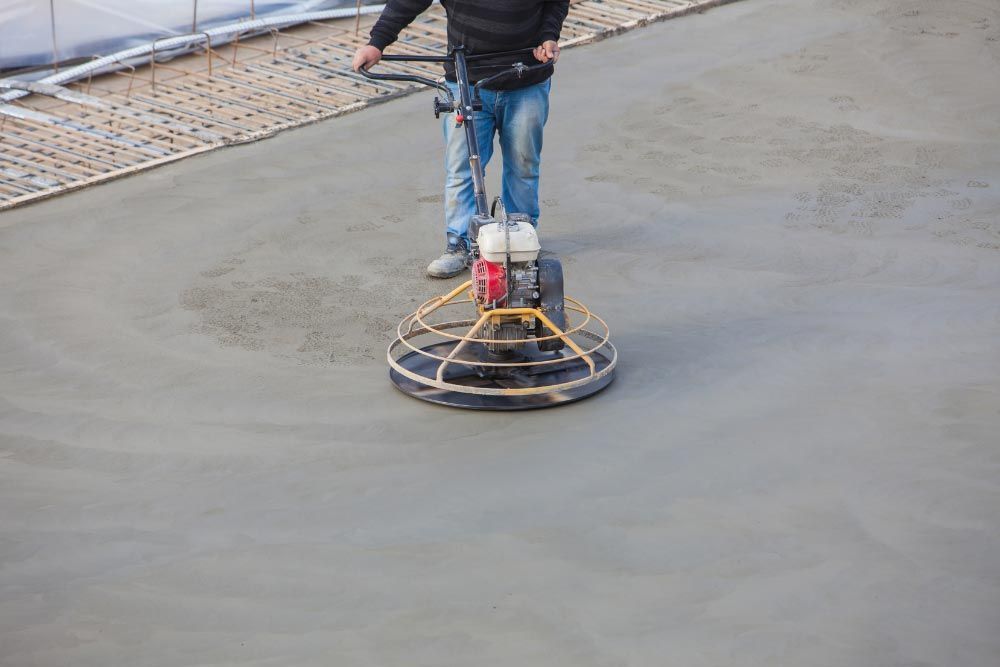How Much Does a Concrete Patio Cost in 2025? Complete Guide
Concrete patios have become one of the most popular choices for homeowners looking to create a functional and attractive outdoor space. Known for their durability, versatility, and relatively low maintenance, concrete patios can be customized to match any backyard style from simple and functional slabs to stamped and decorative designs. If you’re planning to install a concrete patio in 2025, understanding the cost factors, options, and budgeting tips is essential to avoid surprises.
In this guide, we’ll break down everything you need to know about concrete patio costs, including size, materials, labor, design options, and tips for maximizing value.
Average Cost of a Concrete Patio in 2025
The cost of a concrete patio in 2025 can vary widely depending on factors like size, material, design, location, and labor. On average, homeowners can expect to pay:
| Patio Type | Cost per sq. ft. (2025) | Description |
|---|---|---|
| Basic Concrete Slab | $6 – $12 | Plain concrete with a smooth finish |
| Stamped Concrete | $12 – $25 | Textured patterns mimicking stone, brick, or tile |
| Exposed Aggregate | $15 – $30 | Surface with decorative stones or pebbles |
| Colored Concrete | $8 – $20 | Concrete dyed or stained for color variety |
For a standard 12 x 12-foot patio (144 sq. ft.), costs would roughly range from $864 for a simple slab to over $4,000 for high-end stamped or decorative designs.
Factors Affecting Concrete Patio Cost
Several variables influence the final price of your concrete patio:
- Size of the Patio: Larger patios require more material and labor, increasing overall costs. While cost per square foot may decrease slightly for very large projects, the total investment grows with the patio’s dimensions.
- Concrete Thickness: Typical concrete patios are poured at a thickness of 4 inches. Thicker slabs (e.g., 5–6 inches) are more durable but also more expensive due to additional material.
- Design and Finish:
- Plain Concrete: Cheapest and simplest, usually finished with a broom for texture.
- Stamped Concrete: Mimics natural stone, brick, or tile with textured patterns with higher labor costs.
- Exposed Aggregate: Features pebbles or decorative stones embedded in the surface for a textured, slip-resistant finish.
- Colored Concrete: Adding dyes or stains increases cost but enhances aesthetics.
- Site Preparation: The complexity of site work affects pricing. Uneven or sloped yards may require excavation, grading, or retaining walls, adding hundreds or thousands to your budget.
- Labor Costs: Labor varies by region. Urban areas often have higher hourly rates for professional concrete installers. Labor can account for 30–50% of your total project cost.
- Additional Features: Elements like built-in seating, fire pits, pergolas, or outdoor kitchens can significantly increase overall cost.
Concrete Patio Costs by Type
Explore the average costs for different types of concrete patios to help you plan your backyard project.
| Patio Type | Cost per sq. ft. (2025) | Description |
|---|---|---|
| Basic Concrete Slab | $6 – $12 | Plain concrete with a smooth finish |
| Stamped Concrete | $12 – $25 | Textured patterns mimicking stone, brick, or tile |
| Exposed Aggregate | $15 – $30 | Surface with decorative stones or pebbles |
| Colored Concrete | $8 – $20 | Concrete dyed or stained for color variety |
Additional Costs to Consider
- Excavation & Grading: Uneven or sloped yards may need grading or additional soil work. Costs vary between $50 – $200 per cubic yard of soil moved.
- Permits: Some municipalities require permits for concrete patios, ranging from $50 to $300.
- Sealing & Maintenance: Sealing concrete enhances durability and appearance. Average cost: $0.50 – $2 per sq. ft., every 2–3 years.
- Outdoor Additions: Features like lighting, pergolas, or built-in seating can add $500 – $5,000+ depending on size and complexity.
How to Save on Concrete Patio Costs
- Compare Multiple Contractors: Request quotes from at least three licensed contractors.
- Simplify Design: Opt for simpler patterns or finishes if the budget is tight.
- DIY Portions of the Project: Pouring a basic slab yourself can reduce costs, though professional labor is recommended for decorative patios.
- Shop for Materials: Some contractors may allow you to supply materials to save on markup.
- Schedule During Off-Peak Season: Labor costs can be lower in late fall or winter in some regions.
Concrete Patio Maintenance Tips
To ensure your patio lasts decades:
- Seal Regularly: Apply a concrete sealer every 2–3 years to prevent stains, cracks, and moisture damage.
- Clean Debris: Sweep leaves and dirt regularly to avoid staining.
- Repair Cracks Promptly: Small cracks can be patched to prevent spreading.
- Avoid De-Icing Chemicals: Salt can damage concrete surfaces in winter.
Final Thoughts
A concrete patio is a long-term investment that can enhance your outdoor living space and increase your property value. In 2025, costs vary widely depending on size, design, materials, and labor, ranging from $6 per sq. ft. for a basic slab to $30+ per sq. ft. for decorative or exposed aggregate options. Proper planning, budgeting, and choosing the right contractor can ensure you get a beautiful, durable patio that lasts for decades.
Ready to transform your backyard with a durable and stylish concrete patio? Contact a licensed concrete contractor today for a free estimate and start planning your dream outdoor space!
Frequently Asked Questions
How long does a concrete patio last?
A well-installed and properly maintained concrete patio can last anywhere from 25 to 50 years. The lifespan depends on factors such as the quality of the concrete mix, thickness of the slab, proper site preparation, and local climate conditions. Regular maintenance, such as sealing every 2–3 years, cleaning debris, and repairing small cracks promptly, can significantly extend the patio’s life and keep it looking its best.
Can I install a concrete patio on a slope?
Yes, a concrete patio can be installed on a sloped surface, but it requires careful planning to ensure durability and prevent water pooling. Proper grading is essential to direct water away from structures. In many cases, retaining walls or steps may be needed to create a level area for the patio. Professional installers often recommend slopes of 1–2% to allow for natural drainage, which helps prevent cracks, erosion, and water damage over time.
Is stamped concrete more expensive than pavers?
Stamped concrete is typically less expensive than high-end natural stone or concrete pavers, making it a popular choice for homeowners seeking a premium look on a budget. The cost of stamped concrete varies depending on the complexity of the pattern, color, and finishing techniques. While simple stamped designs may be cheaper than pavers, intricate patterns with multiple colors can approach or even exceed the cost of mid-range pavers.
Do I need a permit for a concrete patio?
Permit requirements vary by city, county, and state. Some municipalities require a building or zoning permit for patios above a certain size or when they include features like retaining walls, steps, or attached structures. Checking local building codes before starting your project is essential to avoid fines or mandatory removal. Your contractor can usually handle permit applications, but homeowners doing DIY installations should confirm requirements with their local building department.
Can I pour a concrete patio myself?
DIY installation is possible for small, simple slabs, such as a 10×10 ft patio or a straightforward rectangular design. However, proper tools, materials, and knowledge of concrete finishing techniques are necessary to avoid uneven surfaces, cracks, or weak spots. For decorative, stamped, colored, or exposed aggregate patios, professional expertise is highly recommended, as these designs require precise timing, patterning, and finishing skills that are difficult for a novice to replicate.



